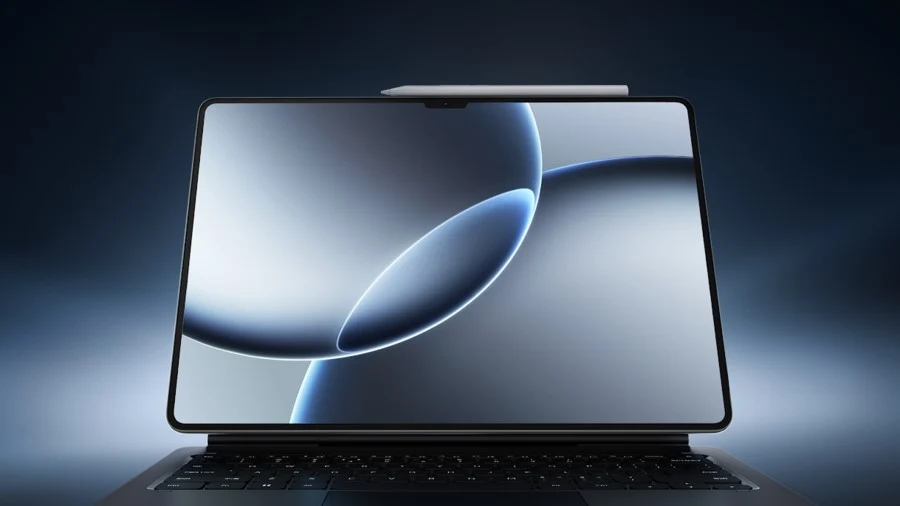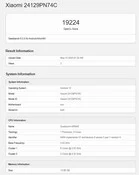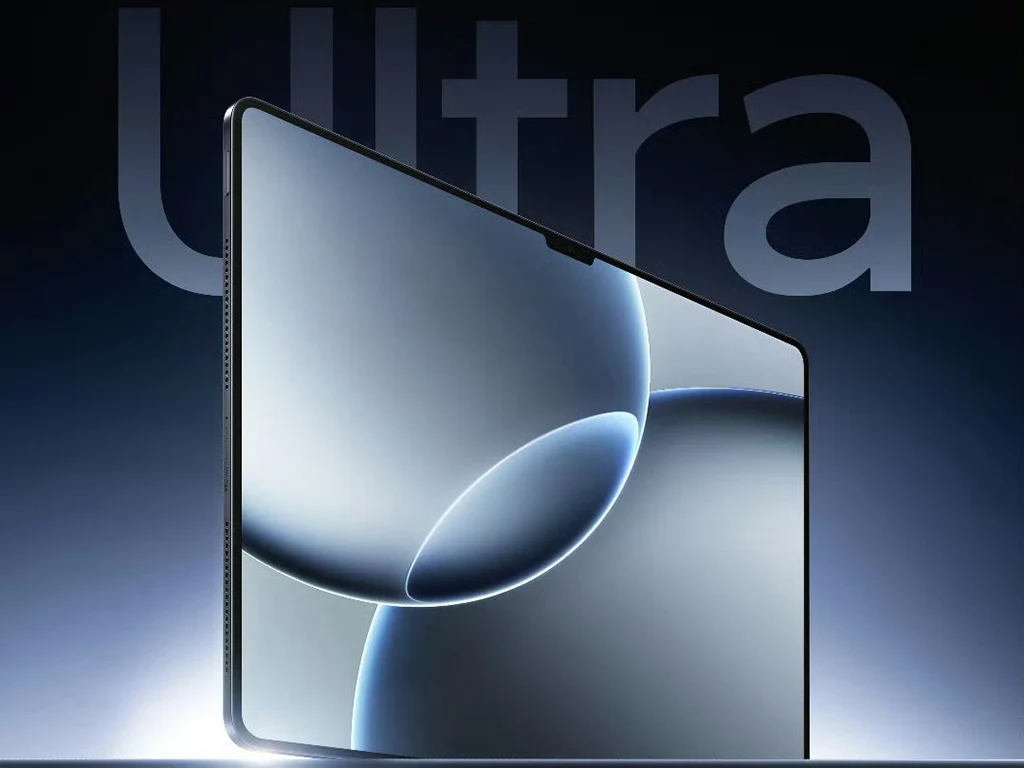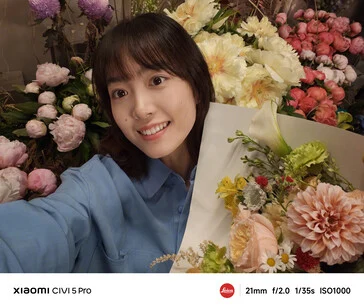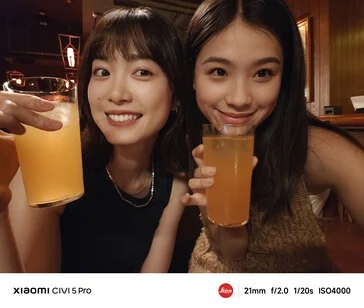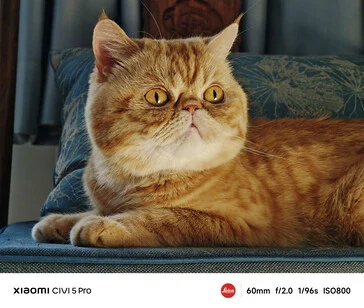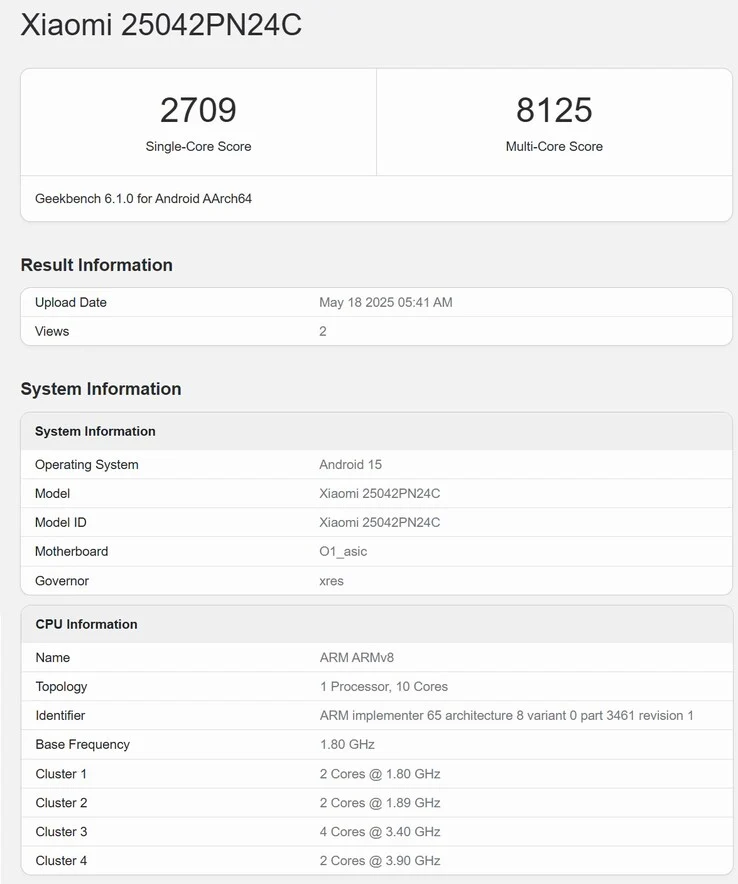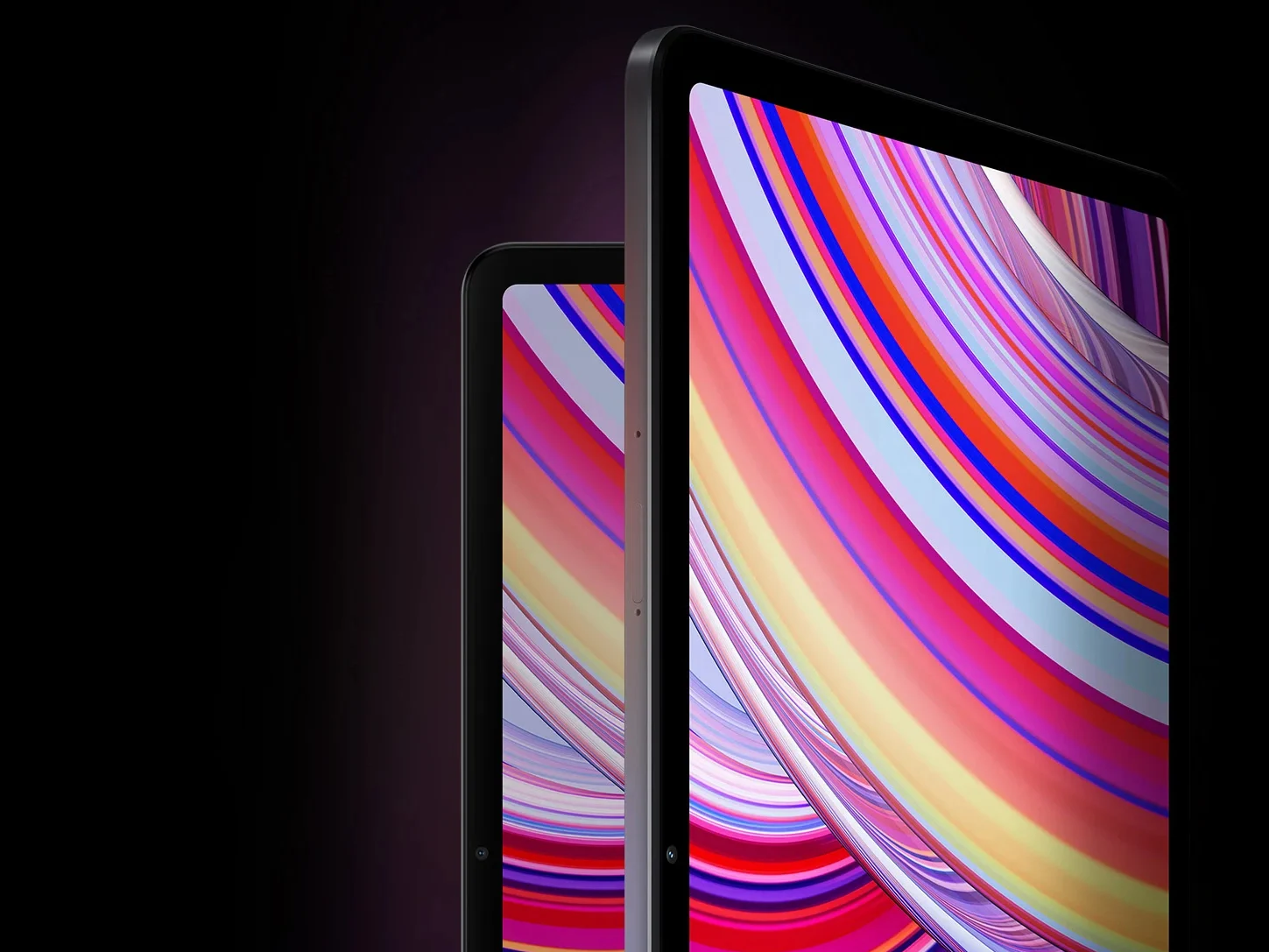Key Takeaways
1. The Pad 7 Ultra is the first tablet to use Xiaomi’s new Xring O1 SoC.
2. It features a larger 14-inch OLED display, competing directly with the iPad Pro 13.
3. The estimated production cost for the Pad 7 Ultra is around 2000 yuan (~$278), which may increase.
4. Repairing a damaged screen out of warranty could cost over 5,000 yuan (~$695).
5. Buyers are advised to consider purchasing insurance when pre-ordering the Pad 7 Ultra.
The Pad 7 Ultra is set to make its entrance as a unique tablet, being the first in the world to feature the new Xring O1 SoC developed by Xiaomi itself.
Competing with Apple
This places it directly against the latest iPad Pro 13, powered by the Apple M4 chip, although the Pad 7 Ultra is confirmed to be larger, boasting a 14-inch diagonal screen.
Premium Features
In addition, it will sport an OLED display, mirroring the high-quality screen of its main competitor, the iPad. According to the well-informed tipster Digital Chat Station, these specifications have been intentionally selected to ensure that the Pad 7 Ultra stands out in the tablet market upon its launch.
Cost Considerations
However, the choices in design come at a price. The leaker has indicated that the estimated bill of materials is around 2000 yuan (~$278), or possibly even higher.
If a user needs to repair a damaged Pad 7 Ultra screen out of warranty, it could cost more than 5,000 yuan (~$695), as suggested by Digital Chat Station, who based this estimate on repair costs for the iPad Pro in China.
Recommendation for Buyers
Thus, it is highly recommended that potential buyers consider purchasing insurance that will likely be available with the Pad 7 Ultra pre-orders starting as soon as tomorrow (May 22, 2025).
Source:
Link

